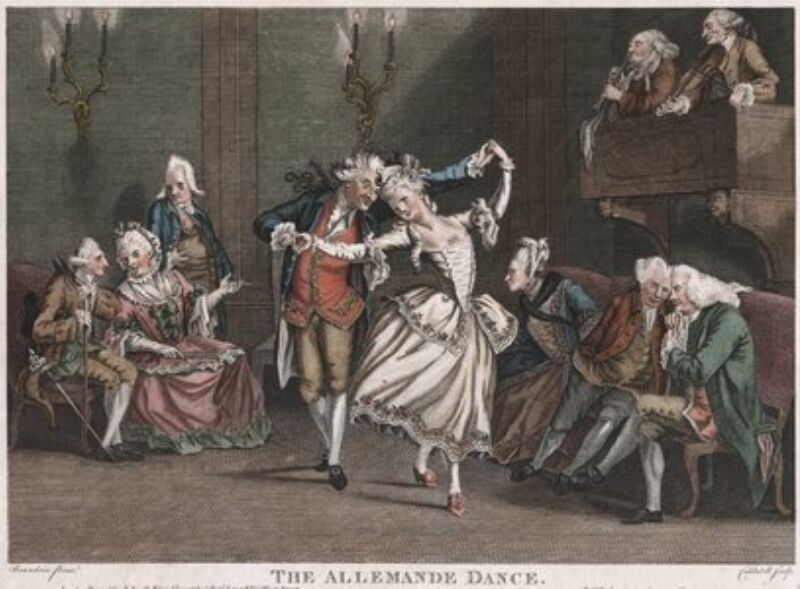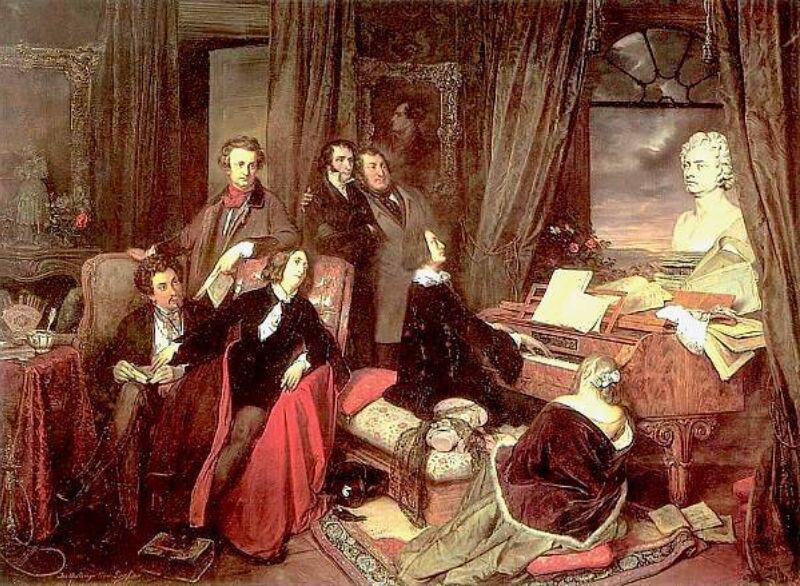Moderate
A list

Haydn's Allegro moderato (A1) should lie fairly comfortably within the technique for most aspiring grade 7 pianists. The tempo is moderate and the playing requires the use of rotary motion and a confident grasp of scale playing. The challenge, as is often the case with Classical pieces, is to achieve a suitably stylish interpretation.
Martínez ~ Tempo di minuetto (A3) is an eloquent dance from the Classical period. Refreshing and poised in character, it requires subtlety of tone and touch through its phrasing. One of its challenges is to comfortably integrate the flow of semiquavers into triplets and various dotted rhythms. There is plenty of ornamentation which will need suitable working out for the best musical results.
C.P.E.Bach's Allegro di molto (A4) is a lively piece where the important performance indication is 'molto'. The rate of harmonic change is often just one in a bar, and therefore it would be easy to misjudge the mood and end up with a less engaging performance. The technical challenges are in the crossing left hand and the control of the semiquaver momentum. This tempo works well in this harpsichord recording:
Haydn ~ Moderato (1st movt) (A5) is an equally charming piece, this time in a major key. It requires an agile finger technique with careful integration of the ornamantion.
Beethoven ~ Minuetto and trio (A11) is a delightful movement from his Op 10 sonata. The theme itself is uncomplicated, although does require careful handling of the textures if one is to achieve a smooth legato with poised phrasing in the more introspective moments. Hand crossing, in the trio, makes for good, lively fun.
The tempo should be suitably moving and more of a one, rather than three, in a bar to capture the elegant dance character. Here is how Barenboim achieves this:
Handel ~ Allemande and Courante (A12) is a good choice for someone who may wish to learn a pair of pieces. The courante has more challenging textures to negotiate, especially as the tempo should not be too slow.
Turina ~ El mercado (A13), with its chattering semiquaver 3/8 flow, depicts a bustling market street scene and, as such, needs vitality of tempo and confident clarity in its fingerwork.
Pianist Jordi Maso demonstrates that busy character here:
_____________________________
B list

Alan Bullard ~ Prelude No. 9 (B4) receives a beautifully sympathetic treatment here in Jill Morton's YouTube performance:
Whilst not a fast piece, the musical challenge in Liszt ~ Consolation No 5 in E (B6) is to achieve a seamless and pearly legato line, something which is so well demonstrated here by Cuban-born American pianist Jorge Bolet's performance:
Lyadov ~ Mazurka in F minor (B7) is an appealing, introverted mazurka that requires sensitive use of rubato and careful pedalling to avoid too much smudging of harmonies where the quicker ornamentation of the right hand is concerned.
_____________________________
C list

Chris Norton ~ New Kid (C1) is a fun, and likely popular, choice from the C list. Whilst it is true that, for some pieces, the published metronome mark can be pretty flexible, if you follow ABRSM's suggestion here that crotchet = 144 would also be acceptable, then this compromise doesn't work musically. This is a piece that is upbeat and bouncy!
If in doubt, check out this performance:
Bartok ~ Bagpipers (C4) makes for a striking piece, with its astringent harmonies. The faster middle section will require some careful work to achieve a clean and buoyant mood at the quicker tempo.
Chen Yi ~ Bamboo Dance II (C5) is a pleasant piece, which is easier to play in the opening and earlier sections where much of the writing is in unison between the hands. The latter section requires quite a bit of moving around the keyboard, although the patterns themselves should not be too difficult to commit to memory in order to best facilitate this.
Florentine Mulsant ~ Prelude No 14 (C9) is an arresting, contemporary piece with sharp pianistic edges and a bold musical outline. It may take some careful learning to ensure good notational accuracy as well as confidence when it comes to performing it.
If you want to experience a real feel for Chris Norton ~ Pop Bossa (C10) then hook into the groove here:
Try to emulate the feel even when you are playing alone. It's the groove and the continual musical smile that make for a great performance.
You will sometimes hear some very quick tempo performances of pieces such as Grieg ~ Butterfly (B11), but it is not always the case that quicker means better. The important aspect to achieve in any performance where you are aiming for a good mark is to capture that elusive nature of this fragile flighted insect. In this particular piece, it is to do with the shaping of the line, the delicacy of some of the finger work and the ability to play with a certain freedom, and absence of any rigidity.
If you enjoy the music of Piazzolla, then Piazzola ~ Milonga del angel (C12) is definitely a piece to get into. The success of any performance will depend on the capacity of the player to grasp and interpret that certain style so typical of PIazolla's music, and what better way to become immersed in that than to listen to the composer's own playing:
Uzoigwe ~ Nigerian Dance No. 1 (C13) is a relatively short, although rhythmically challenging piece. See what you think!
_____________________________
Other content in “Grade 7”
-
Current: Moderate
